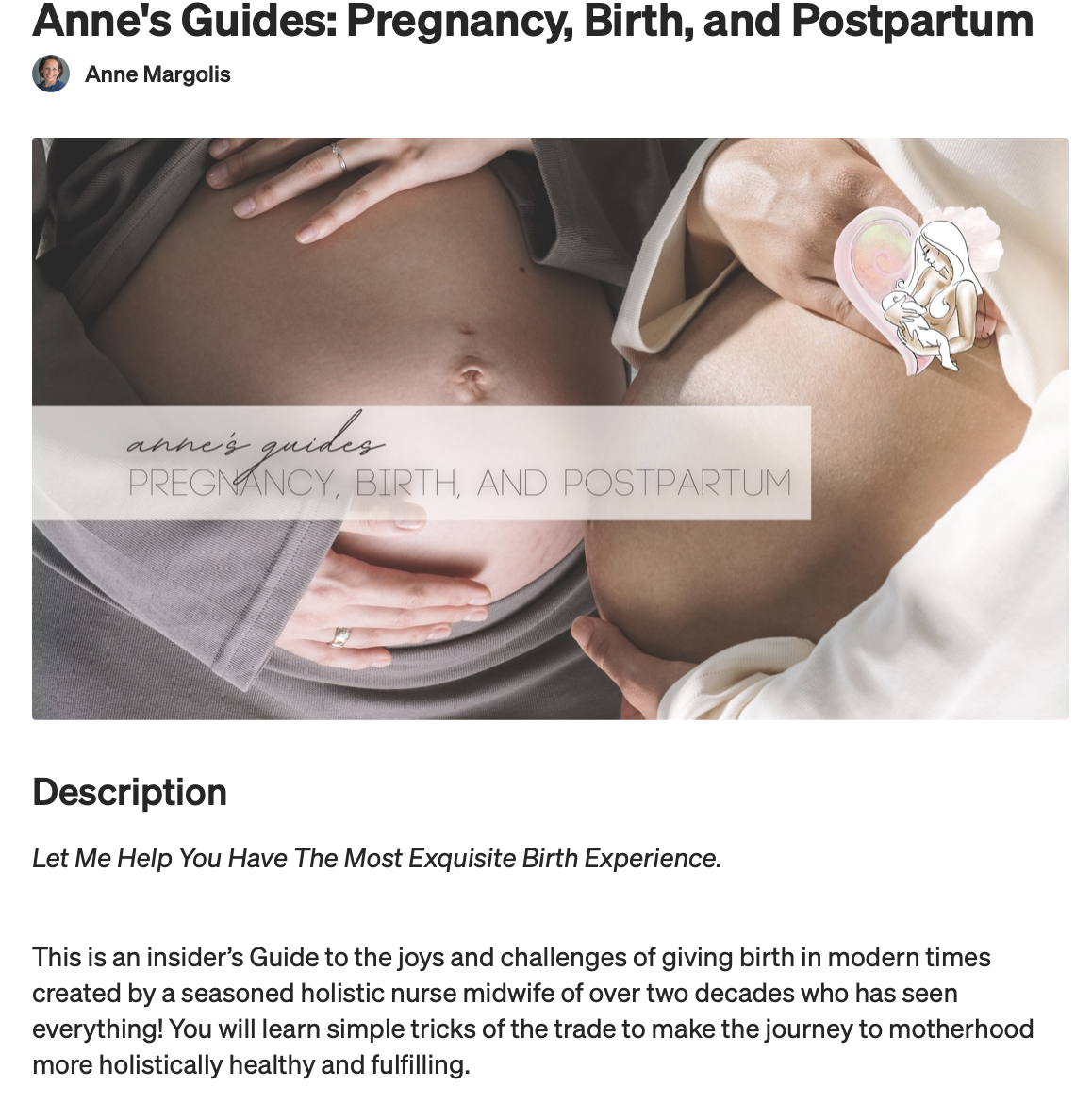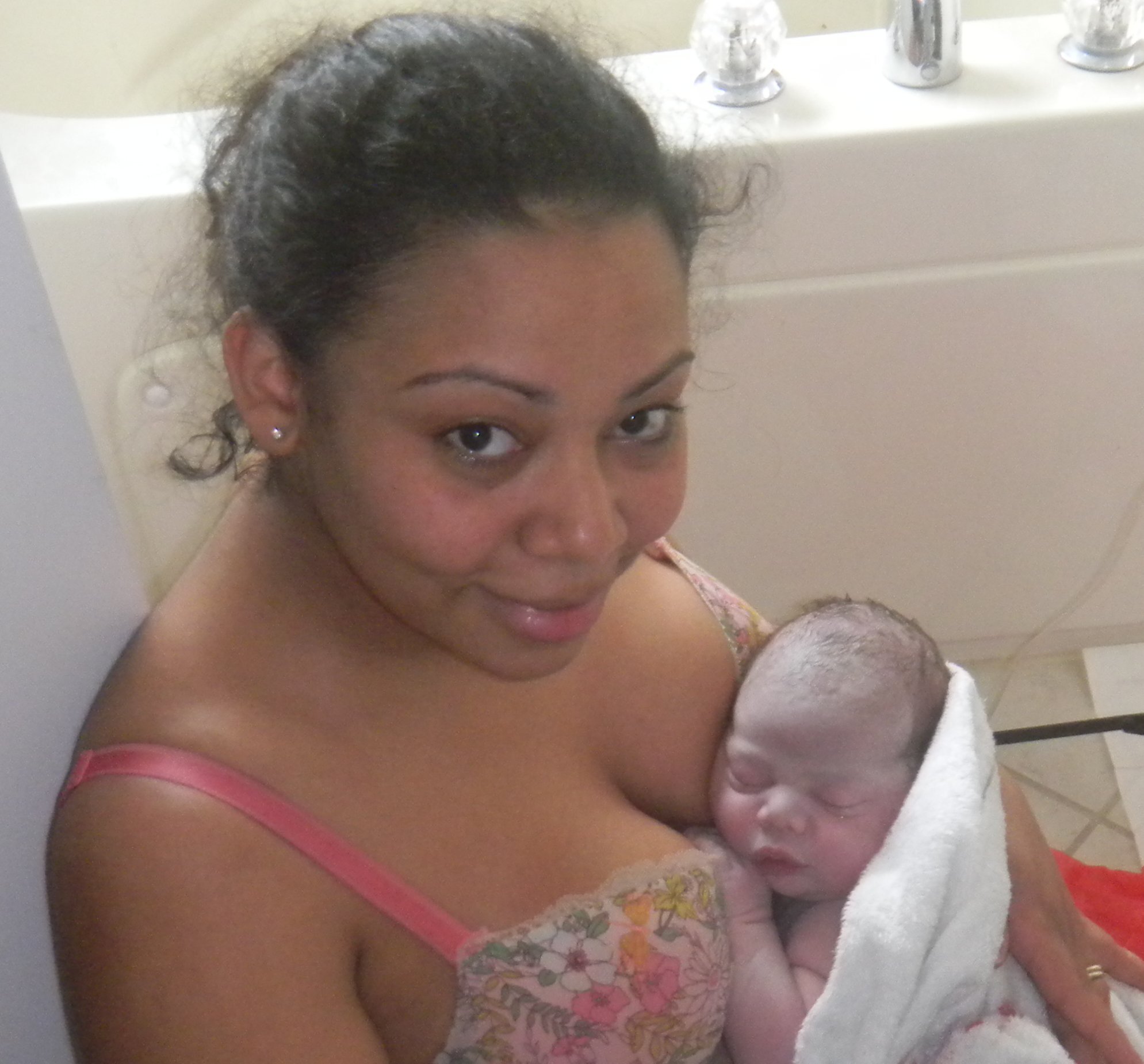It was such an honor to speak with renowned pregnancy and birth author Henci Goer…We talk all things out-of-hospital home and birth center birthing as well as hospital birth. What is the evidence saying about the safety of each option, and how can you best navigate the world of having a baby these days….to birth YOUR way, have safer outcomes and feel wonderful about your experience.
Starting out as a Lamaze teacher and doula, Henci Goer’s life’s work soon became analyzing and synthesizing the obstetric research in order to give pregnant women and birth professionals access to what constitutes optimal care in childbirth.
She is the author of four books: Labor Pain: What’s Your Best Strategy?, Optimal Care in Childbirth: The Case for a Physiologic Approach (co-author Amy Romano MSN, CNM), The Thinking Woman’s Guide to a Better Birth, and Obstetric Myths Versus Research Realities. In addition, she has written numerous blog posts and articles and given lectures around the world.
In recognition of her work, she has received, among others, the American College of Nurse-Midwives Best Book of the Year Award, Lamaze International’s President’s Award, DONA International’s Klaus & Kennell Research Award, a Lifetime Achievement Award from BOLD Atlanta, and the Media Award from the American Association of Birth Centers.
The “Take Charge of Your Birth Series,” short books on single topics to help women make informed choices and obtain optimal care for themselves and their babies, is a continuation of her work. Labor Pain: What’s Your Best Strategy? is the first book in the new series. It delivers up-to-date access to the best medical research plus practical strategies for developing your plan and putting it into action. Also available in audiobook.
Website: hencigoer.com
Facebook: https://www.facebook.com/takechargeofyourbirth
Instagram: @takechargeofyourbirth
Her Latest Book: Labor Pain: What’s Your Best Strategy? is available on Amazon in paperback, ebook, hardback, and audiobook versions.
If you are planning a pregnancy, expecting, wanting to prepare as best you can for birth and postpartum, get yourself my online Guides!
I’ve taken everything I’ve learned from over 27 years in my private practice and I’ve poured all of my love, passion, knowledge, and experience into creating something truly special for you… my new Pregnancy, Birth & Postpartum Guides. My transfer rate from home to hospital is 7% which means 93% of mamas are having beautiful natural homebirths, and I have not once had to transfer a mama for an epidural because she could not handle the sensations of normal labor. Not once. A huge part of that is how I help them prepare. I want that for you!
As they say, knowledge is power, and my Guides/e-courses can be a great way to understand the pregnancy, birth and postpartum process, clear up any confusion and trepidation, find your confidence, inner calm and strength, bust through fears and misconceptions, get expert guidance on everything you need to know, learn coping tools and mindset shifts to last a lifetime, as well as boost your health and well-being, and absolutely love your experience no matter how challenging.
Whether you’re an experienced or new parent, there are over 24 hours of videos, workbooks, and PDFs to answer all of your questions. Everything in my Guide is searchable; so you can just type or talk and it’ll bring you right to the exact moment in the video where I answer your question. Try it! Say "Labor Positions" and it'll bring you right to the moment I start talking about positions ideal for labor. It’ll blow your mind!
The key to a positive birth is feeling confident, strong, relaxed, and empowered during the entire process, regardless of the twists and turns it may take. I give my full heart and all I know in everything I do to support Moms like you!
have created THREE Guides with hours of searchable videos, workbooks and pdfs to lead you to the birth of your dreams! They are easy to use, mobile friendly, and transliterated and translated in Spanish, French, and any language you need! AND THAT IS HUGE! TAKE ADVANTAGE NOW, AND YOU HAVE LIFETIME ACCESS.
For more in depth discussion and holistic modalities for common ailments through the entire journey of having a baby, check out my Natural Birth Secrets book 2nd edition, available in print, kindle and ebook.





























